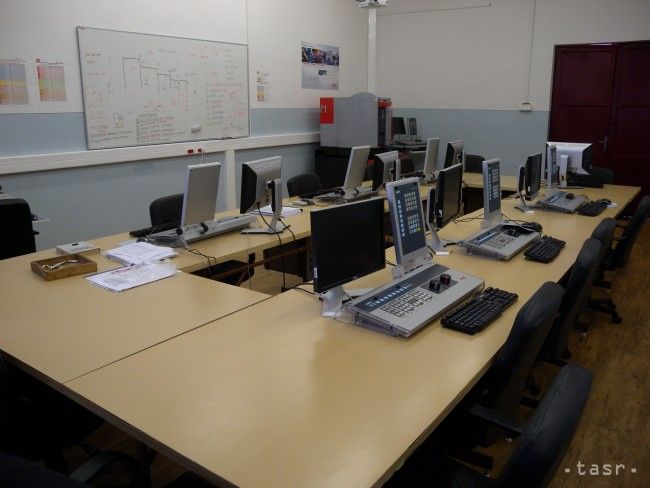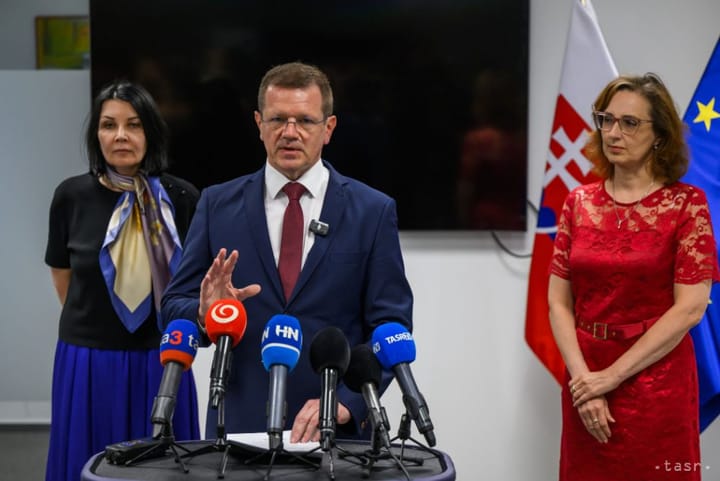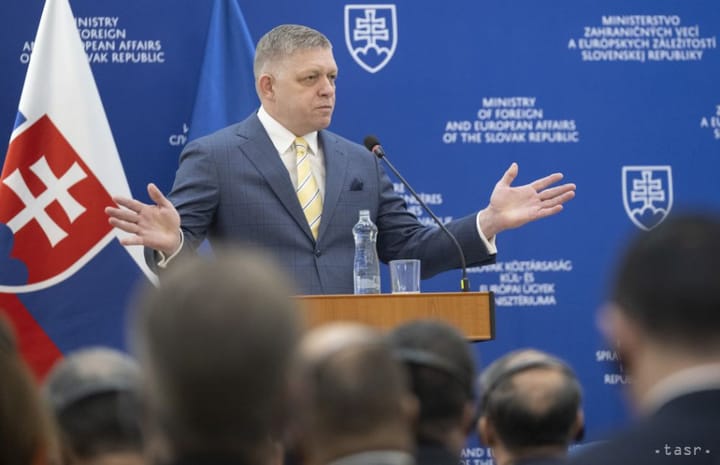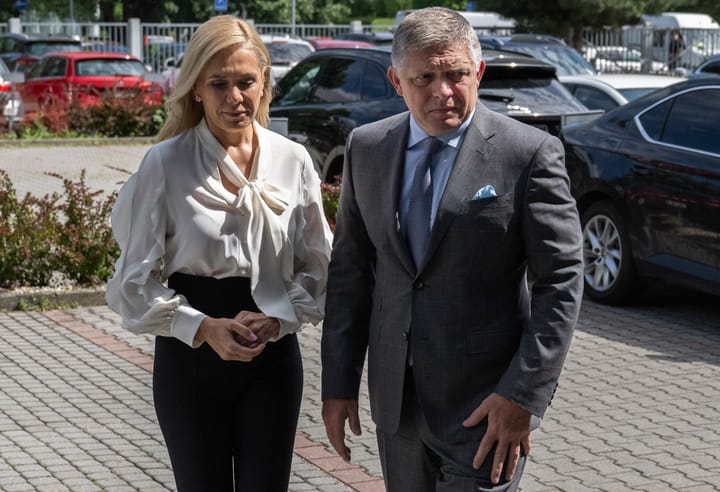Value for Money to Save €497 million in Informatisation

Bratislava, July 26 (TASR) – State informatisation projects in 2017-20 should bring savings amounting to as much as €497 million, according to a preliminary report on revision of informatisation costs released by the Finance Ministry on Tuesday.
The report makes up part of the Value for Money project, which is a joint venture of the Finance Ministry and Office of Vice-premier for Investments and Informatisation Peter Pellegrini.
The Government originally estimated that around €2.2 billion would be spent on IT in the next four years, but the revision has cut the cost by almost €500 million. When calculated for individual years, the saving for the first years should make 10 percent of the annual volume, 20 percent in 2018, and 30 percent in 2019.
Slovakia spends around €500 million for informatisation each year. Nonetheless, there is no tangible data on expenditures and results, as human resources costs haven’t been included. Moreover, investment rules differ when it comes to state and European money. The Finance Ministry’s analysts noted in the report that IT services provided by the state lag behind both the EU average and people’s expectations.
At the moment, the state doesn’t have a public pool of future informatisation projects, so they’ll have to be vetted by the Finance Ministry as they appear. For now, the analysts want to focus mainly on projects that have already consumed lots of money, but there have been no palpable results.
One of the spheres requiring immediate attention is the slovensko.sk portal providing state digital services. A major problem of the project is the fact that one needs to have an activated electronic ID card to use it. Even though more than 1.5 million people have ID cards with chips, only 6 percent of them have activated them, however.
The state also wants to pay attention to electronic P.O. boxes to be used by the general public and businesses – replacing their ordinary post communication with public bodies and thus making the communication faster and cheaper. Nevertheless, both state offices and the general public don’t seem to be properly prepared for the project, as access to the P.O. boxes is rather complicated.
Also, a government ‘cloud’, using two datacentres under the Ministries of Finance and Interior, should be set up to store applications and software for other state bodies. However, this will require drawing up a plan of compulsory migration of state bodies to the cloud, noted the analysts.
Other savings could be brought about by centralisation of support services, including procurement of hardware and telecommunication services.
A final report on the Value for Money project is expected to be presented in the autumn. Apart from informatisation, the project currently deals mainly with health care and transport.



